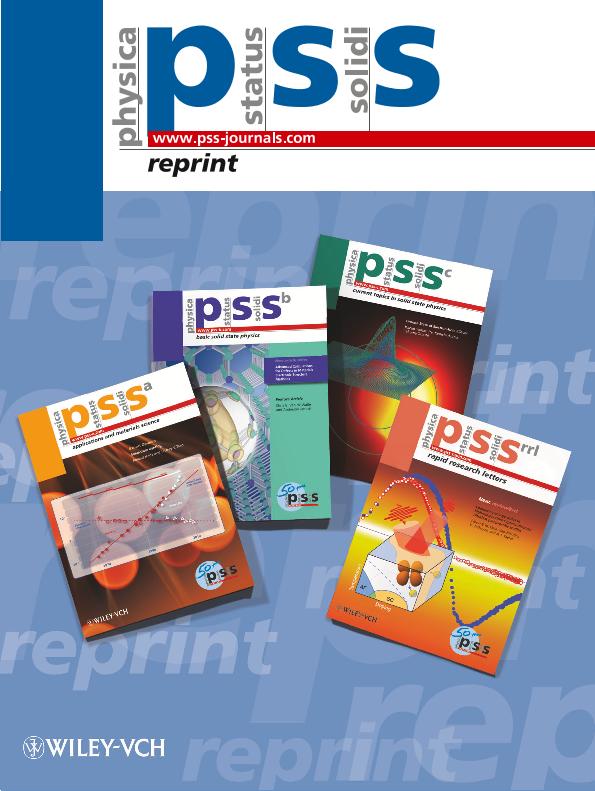Artículo
Comparison of device models for organic solar cells: Band-to-band vs. tail states recombination
Fecha de publicación:
01/2012
Editorial:
Wiley VCH Verlag
Revista:
Physica Status Solidi A-applications And Materials Science
ISSN:
1862-6300
Idioma:
Inglés
Tipo de recurso:
Artículo publicado
Clasificación temática:
Resumen
The efficiency-limiting recombination mechanism in bulk-heterojunction (BHJ) solar cells is a current topic of investigation and debate in organic photovoltaics. In this work, we simulate state-of-the-art BHJ solar cells using two different models. The first model takes into account band-to-band recombination and field dependent carrier generation. The second model assumes a Shockley-Read-Hall (SRH) recombination mechanism via tail states and field independent carrier generation. Additionally, we include in both cases optical modelling and, thus, position-dependent exciton generation and non-ideal exciton collection. We explore both recombination mechanisms by fitting light and dark current-voltage (JV) characteristics of BHJ cells of five materials: P3HT, MDMO-PPV, MEH-PPV, PCDTBT and PF10TBT, all blended with fullerene derivatives. We show that although main device parameters such as short circuit current, open circuit voltage, fill factor and ideality factor are accurately reproduced by both Langevin and tail recombination, only tail recombination reproduces also the ideality factor of dark characteristics accurately. Nevertheless, the model with SRH recombination via tail states needs the inclusion of external circuitry to account for the heavy shunt present in all the blends, except P3HT:PCBM, when illuminated. Finally, we propose a means to find analytical expressions for the short circuit current by assuming a linear relation between the recombination rate and the concentration of free minority carriers. The model reproduces experimental data of P3HT cells at various thickness values using realistic parameters for this material. Dark JV measurement (circles) of a PCDTBT:PC 70BM solar cell (Park et al., Nature Photon. 3, 297 (2009) [1]), the fit with the model including recombination via tail states (solid line) and the fit with the model reported by (Koster et al., Phys. Rev. B 72, 085205 (2005) [2]) that includes bimolecular band-to-band recombination and charge transfer state (CTS) dissociation. The inset shows the JV curves under white light.
Palabras clave:
ANALYTICAL MODELS
,
DEVICE SIMULATIONS
,
ORGANIC SOLAR CELLS
,
TAIL STATES
Archivos asociados
Licencia
Identificadores
Colecciones
Articulos(CCT - PATAGONIA CONFLUENCIA)
Articulos de CTRO.CIENTIFICO TECNOL.CONICET - PATAGONIA CONFLUENCIA
Articulos de CTRO.CIENTIFICO TECNOL.CONICET - PATAGONIA CONFLUENCIA
Citación
Soldera, Marcos Maximiliano; Taretto, Kurt Rodolfo; Kirchartz, Thomas; Comparison of device models for organic solar cells: Band-to-band vs. tail states recombination; Wiley VCH Verlag; Physica Status Solidi A-applications And Materials Science; 209; 1; 1-2012; 207-215
Compartir
Altmétricas




